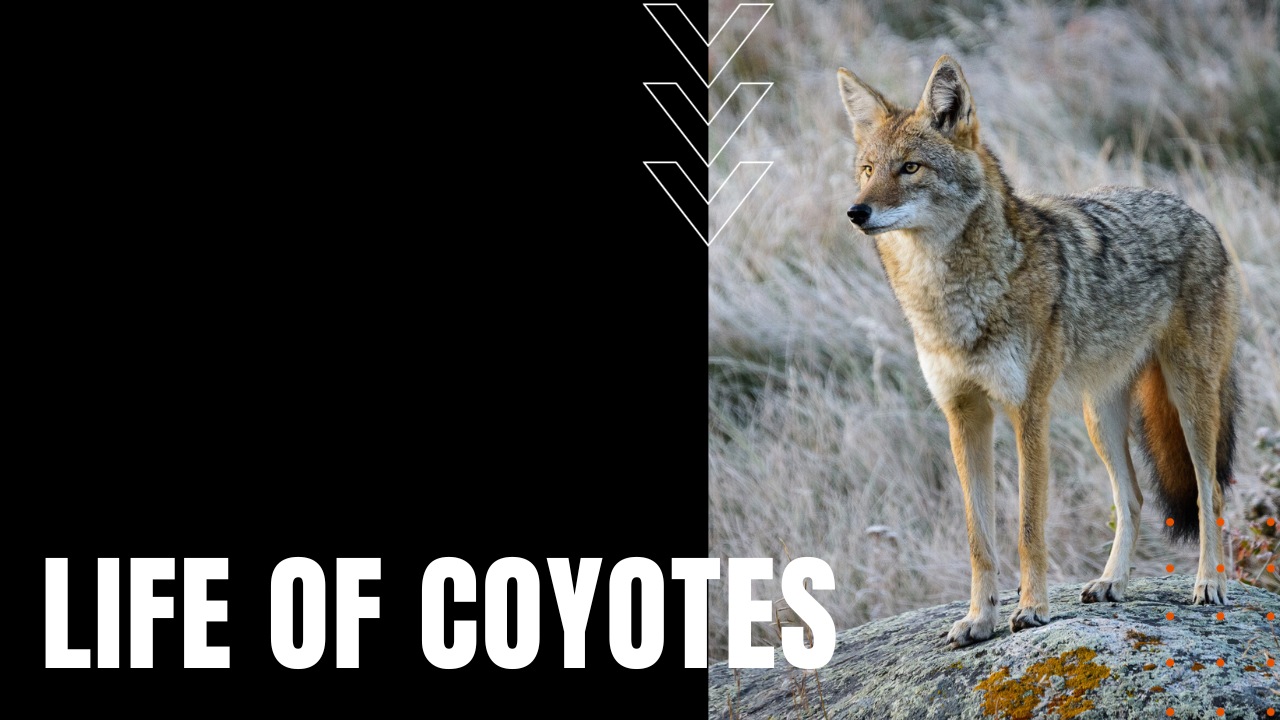The Life of Coyotes

Known as God’s Dog by Native American tribes of southwest North America, the highly adaptable coyote or coyote is also known by other regional names, including brush wolf, prairie wolf and the American jackal. Flourishing from Panama in the south to far northern Canada and Alaska, coyotes live in a wide range of habitats, including swamps, deserts, forests and grasslands, although they generally avoid areas inhabited by wolves. Members of the family Canidae, Zoologists currently recognize nineteen subspecies of Canis latrans, however only sixteen subspecies are known to inhabit Mexico, the United States and Canada.
Vocal Mammals
Considered the most vocal of all North American mammals in the wild, coyotes employ three distinct calls, ranging from a squeak to a distress call to a howl call, the later consisting of a series of rapid yelps, followed by a falsetto howl. Howls serve several useful functions, such as calling a family or pack back together after a period of independent hunting, while a second is to announce their presence to other packs of coyotes, essentially warning competing groups from trespassing over territorial boundaries. Known to hunt alone for smaller animals like squirrels and rabbits, coyotes are also known to hunt in packs when targeting larger prey such as deer, antelope or sheep.
An Unlikely Partnership
They’re also known to form hunting partnerships with badgers, since coyotes excel at chasing rodents above ground, while badgers are well-adapted at digging rodents out of burrows. Courtships between male and female coyotes generally last between two and three months, since monoestrous females are only in heat for two to five days from late January to late March, and while partners rarely bond for life, they frequently remain paired for a number of mating and birthing seasons.
Short Youth
Gestating from 60 to 63 days, litters average six pups, while litter sizes have been known to range from one to nineteen. Born blind, limp-eared and pug-nosed, pups generally open their eyes at ten days, emerging from their dens at 21 to 28 days. Fed by regurgitated food from both parents, pups are fully weaned by 35 days, and while male pups leave their dens between six to nine months, females generally stay with their parents to form packs. Lifespans range from an average ten years in the wild to an average eighteen years in captivity, making the coyote, one of the most adaptable mammals of the animal kingdom.
